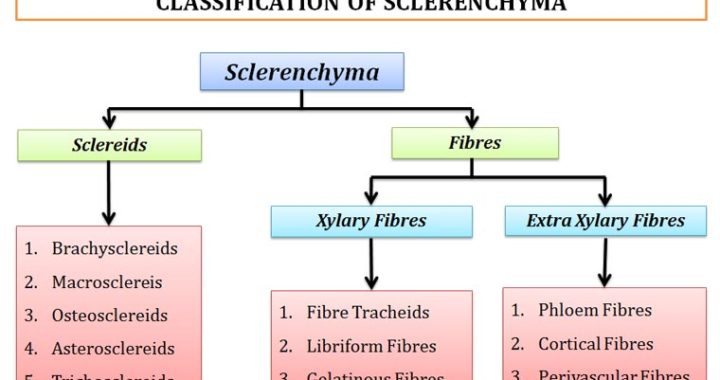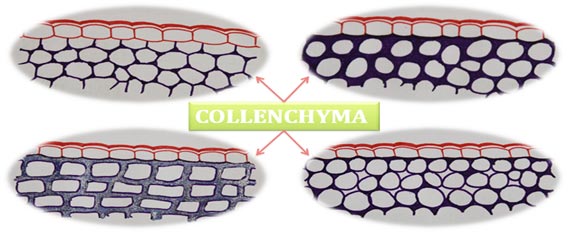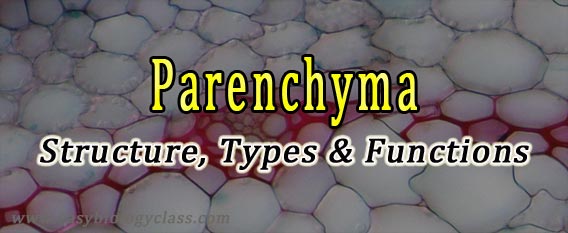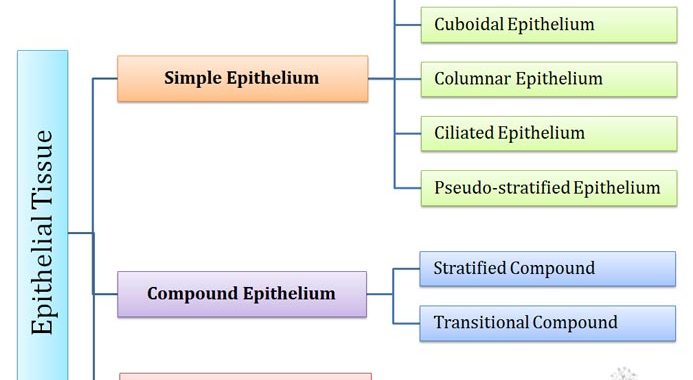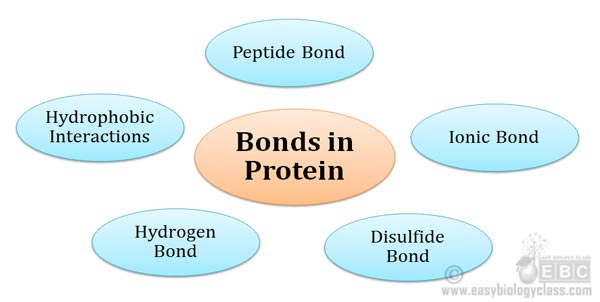Sclerenchyma is a simple permanent tissue in plants. Sclerenchymatous cells are dead at their maturity. Cells do not have protoplast when they completely developed. They have thick secondary cell wall. The secondary cell wall is lignified and very hard. Most of the sclerenchymatous cells show intrusive growth. The present post discusses the characteristics, structurea, Function […]
Continue ReadingCollenchyma: Structure, Classification and Functions
Collenchyma is a simple permanent tissue in plants. They are living cells with prominent nucleus and all the cell organelles. Each collenchymatous cell is with a large and prominent vacuole in the centre. The vacuole is filled with many secondary metabolites. Unlike parenchyma, the collenchyma cells possess thick primary cell wall. The present article discusses […]
Continue ReadingParenchyma: Structure, Classification and Functions
The tissue (a group of cells with particular function) composed of single type of cells. Three types of simple tissue system in plants, namely (1). Parenchyma, (2). Collenchyma and (3). Sclerenchyma. The present article discusses the Structure and Types of Parenchyma Cells in Plants. Characteristics of Parenchyma (Parenchymatous Cells) Ø Parenchyma is a simple permanent tissue. […]
Continue ReadingEpithelial Tissue: Classification and Examples
What is Epithelium? Ø Epithelium is a tissue system in animals. Ø Epithelium constitutes the outer layer of body surfaces, linings of the alimentary canal and the walls of hollow structures. Ø It covers the internal or external surfaces of the body. Ø Epithelial cells are held together by carbohydrate based cementing materials. Ø They […]
Continue ReadingChemical Bonds Involved in Protein Structure and Conformation
Bonds involved in Protein Structure Proteins are the polymers of amino acids. Amino acids are joined together by a special type of covalent bond (peptide bond) to form linear structures called polypeptides. The polypeptides are then folded into specific structures to form the functional conformation of the protein. The folding of proteins into specific shapes […]
Continue Reading
